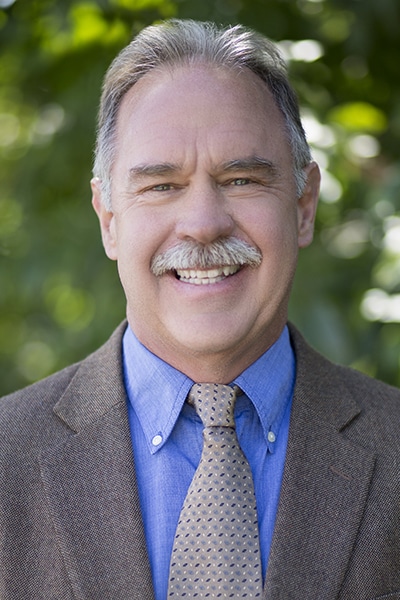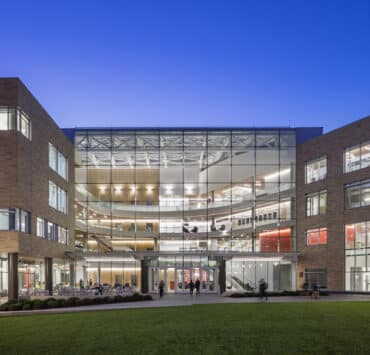|
Getting your Trinity Audio player ready...
|
Few companies know the healthcare space like Holladay Properties.The company started building single-family homes for military veterans in 1952 before expanding into apartments and commercial spaces. Then, in 1991, Holladay landed its first home health client and has been developing industry expertise ever since. Today, its medical portfolio includes millions of square feet in cancer centers and multitenant medical office buildings in multiple states.

Vice President of Construction and Capital Projects George Phelps has been with Holladay for more than 22 years. He coordinates all aspects of upgrades, retrofits, and improvements for physician groups, primary care practices, pediatricians, urgent care providers, and other similar tenants.
The important portfolio represents a large portion of Holladay’s business, and it’s a high-volume affair. Most buildings have several tenants on different schedules, and Phelps handles between 60 and 75 projects per year. Still, he gives the same care and attention to each task regardless of its budget and size. “These projects are important to our clients, so they are important to us, and we want to bring the best quality on time and on budget every single day no matter what,” he says.
Delivering on that promise is no easy task, and healthcare adds another layer of challenges. Phelps’s crews must meet strict industry standards and ensure they don’t inconvenience patients who are receiving care.

For Phelps, who is stationed in Nashville, it all comes down to relationships. Internally, he relies on strong internal teams that close Holladay’s deals and funnel projects his way. Then, he depends on the team of architects, builders, and vendors that come together to keep his tenants happy. Consistency is key. Phelps has been working with his principal architect for the duration of his tenure at Holladay and is on his fourth round of improvements with some long-term clients. “When you have solid relationships, people know what to expect and there are no surprises along the way,” he says.
Although Phelps usually deals with general contractors, he goes out of his way to cultivate strong relationships with their subcontractors. “I take the time to meet as many people as I can,” he says. “I want people to know that I have their back and they can reach me because good teams bring good results.” Phelps, who started his career as a union carpenter and earned an HVAC certificate, knows that each person involved in every project has a vital role to play.
While Phelps also handles capital projects, tenant improvements range in size and scope. He often works in doctors’ offices of between 2,000 and 5,000-square-feet. Careful planning and communication with the tenant’s representatives ensure Holladay’s crews complete their work without disrupting normal operations. Whenever possible, Phelps asks contractors to include night and weekend work in their bids to avoid closing medical offices during construction.

The strategy eliminates delays and other surprises. If setbacks arise, Phelps and his colleagues formulate a plan before going to an owner with a problem. “Owners are always going to ask you for a solution, so you better have one ready,” he says. Those armed with a ready-made solution reduce owners’ anxiety and are most likely to walk away with an approved change order.
The COVID-19 pandemic has presented new challenges for Phelps and his crew to navigate, but the veteran leader remains unfazed. He’s changed his usual process and now expedites the submittal process for construction documents so his teams can order materials and avoid delays caused by ongoing supply chain problems.
The strategy is helping tackle complex projects like the job underway in Brentwood, Tennessee, where Phelps is bringing orthopedics, sports medicine, and physical therapy under one roof for a well-known medical provider. The 16,000-square-foot space will open its doors in April of 2022.
Now in his 60s, Phelps is looking forward to more time with his family. Still, he enjoys the teams he creates and the work they accomplish together. “It’s so satisfying to look at what started on a piece of paper and walk through it when it’s a completed project,” he says. “We have physical buildings all over the country that everyone can be proud of because they represent challenges we overcame together.”


